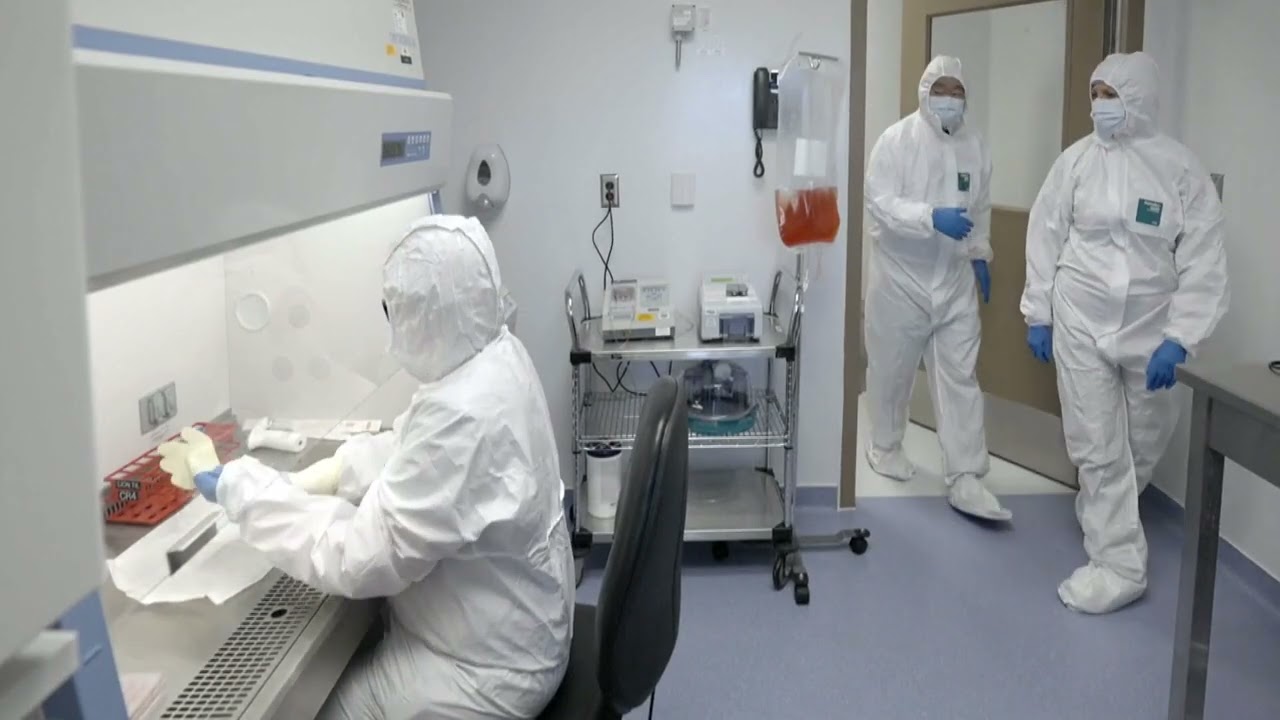NEW YORK (Reuters Health) – In women undergoing breast-conserving therapy for early breast cancer, the presence of occult metastasis not seen with routine pathological examination in sentinel lymph nodes (SLNs) is not associated with poorer survival. However, the presence of occult bone marrow metastasis may be a risk factor for mortality – but this is rare, according to a report in the Journal of the American Medical Association for July 27.
“Routine immunohistochemical examination of hematoxylin-eosin-negative SLNs and routine immunocytochemical examination of bone marrow are not clinically warranted for early-stage (clinical T1-T2N0) breast cancer,” the authors conclude.
The findings come from the Z00100 trial, a prospective observational study of 5210 women with clinical T1 to T2N0M0 invasive breast carcinoma who underwent conservative therapy and sentinel lymph node (SLN) dissection from 1999 to 2003. From 2001 on, patients were also required to have a bone marrow biopsy.
Dr. Armando E. Giuliano, at Cedars-Sinai Medical Center in Los Angeles, California, and colleagues report that SLN specimens were evaluable in 5119 cases and 1215 were positive by hematoxylin-eosin staining. Of the negative specimens, 3326 were then examined by immunohistochemistry and 349 (10.5%) were found to harbor occult metastases.
Immunocytochemical examination of 3213 bone marrow aspirates detected 104 (3.0%) instances of occult metastases.
Treating physicians were not made aware of the immunohistochemistry and immunocytochemistry results, according to the report.
After a median follow-up of 6.3 years, 435 of the participants had died. The team found that the 5-year overall survival rate was 95.7% among women with immunohistochemical-negative SLNs compared with 95.1% among those with immunohistochemical-positive SLNs — not a significant difference (p=0.64).
On the other hand, corresponding 5-year survival rates associated with immunocytochemical-negative and -positive bone-marrow specimens were significantly different at 95.0% and 90.1%, respectively (p=0.01).
“Bone marrow examination with immunocytochemistry may identify high-risk women,” the authors comment. “However, the incidence in the Z0010 trial was too low to recommend incorporating bone marrow aspiration biopsy into routine practice for patients with the earliest stages of breast cancer.”
By multivariate analysis, mortality was not associated with immunohistochemical-positive SLN (adjusted hazard ratio 0.88, p=0.70) or immunocytochemical-positive bone marrow (adjusted HR 1.11356, p= 0.15), Dr. Giuliano and colleagues calculate.
“Many laboratories,” they point out, “routinely perform multiple sections and immunohistochemistry on hematoxylin-eosin-negative SLNs, even though the College of American Pathologists guidelines for SLN processing do not include their use. Data from Z0010 show that occult metastases detected by immunohistochemistry are not associated with survival differences in patients with the earliest stages of breast cancer.”
JAMA. 2011;306:385-393.








